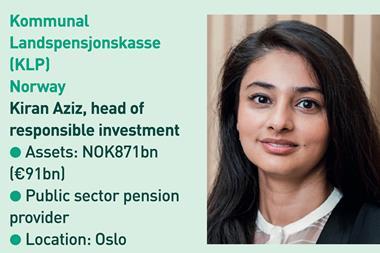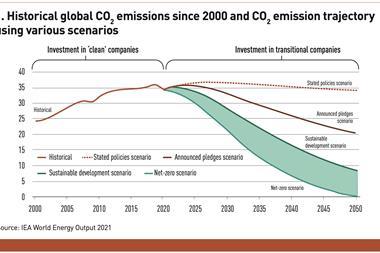Dutch pension schemes will soon be allowed to increase investment risk in anticipation of the transition to a new pension fund system under which they no longer require large buffers. However, experts believe most pension funds will not immediately use the opportunity to increase risk.
The pension transition opens a window of opportunity for pension funds to increase investment risk, according to the explanatory memorandum of the new Dutch pension law.
But a pension fund cannot immediately do so as it needs to meet a range of conditions first. It may take at least one year for a fund to get there, said Erik Beckers of pension consultancy First Pensions.
One of the conditions pension funds have to meet before they can increase risk is to measure the risk appetite of its members.
“Because of this, a pension fund that wants to transition to the new system in 2024 can only start anticipating by 2023. Next to measuring risk appetite an ALM study is also required,” said Beckers, adding: “You also have to assess whether a change in the investment policy is not disadvantaging certain age groups.”
Young versus old
In practice, this will be hard to avoid. After all, increasing investment risk mostly benefits the young while deciding to protect funding ratios – as some pension funds are already doing – is in the interest of pensioners.
Until the transition to the new system has been effectuated, returns cannot be attributed to specific groups within a pension fund either, said Jens van Egmond, head of LDI client strategy Netherlands at BlackRock.
He said: “You can buy more equities on the fund level and increase risk this way, but I expect most pension funds to make the transition first and to only adapt their investment policy afterwards.”
How many pension funds will in fact increase risk once they have been freed from regulatory constraints, remains a question though.
“Would pension funds’ average allocation to equities really be higher than it is now, once the consequences of the pension reform have crystallised by 2030?,” asked Van Egmond, then providing the answer: “The group with most invested capital tends to have most influence on the investment policy. These are older people who will want to keep a large exposure to bonds.”
Peculiarities
Beckers doesn’t expect big immediate changes either. He said: “But the rules related to mandatory buffers have some peculiarities. For example, taking currency risk is currently considered as adding risk. But you could say currency risk is unrewarded in the long term and as such it doesn’t make much sense to protect yourself against this. Illiquid investments and inflation-linked bonds also take more risk budget than could be considered logical.”
According to Beckers, pension funds will consider lowering their currency hedge, increasing inflation protection and adding illiquid investments.
“But the question is whether they will take action already during the transition. For example, illiquid investments such as private equity come with initial costs that take some time to be recuperated, so they may well choose to wait until after the transition.”
Funds will also retain a focus on their funding ratio for the time being, which will make many hesitant to increase risk. “If a pension fund decides to take more risk and markets don’t perform well just before the planned transition, then it may have a problem.”
But Martin Sanders, head of pensions at AXA Investment Managers’ Netherlands office, believes pension schemes will increase their investment risk once possible.
“Many pension funds have long wanted to do so, but couldn’t because of the strict rules that govern their investment policies,” noted Sanders, who is also critical about the “strange” features of some of the rules.
“Inflation protection is considered an additional risk, which is of course a little strange. I expect pension funds will take the opportunity to optimise their portfolios once the current financial assessment framework is invalidated. In practice this will mean they will increase risk.”
The latest digital edition of IPE’s magazine in now available




























No comments yet